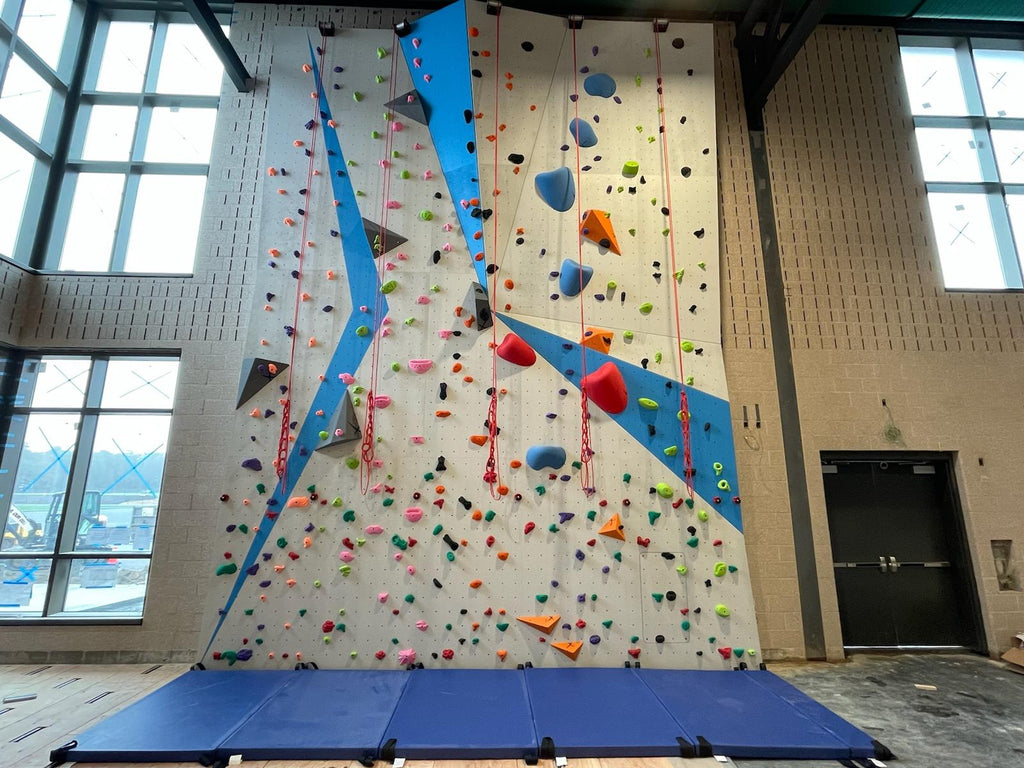
Inspecting Your Top Rope Wall
Included with all of our Top Rope Climbing Walls is a training on use, safety and maintenance. Among many topics, this comprehensive, on-site training covers how to inspect the climbing wall and log inspections on a regular basis. Inspecting your climbing wall before each use is an important part of making your climbing program the safest that it can be. Here’s a checklist that recaps what is covered in the training:
Climbing Panels
- Check panels to make sure they are in good condition and show no signs of stress.
- Check for sharp points and edges.
- Check each panel’s adherence to the wall. Close the climbing wall and contact us if any panels are loose.
- Keep a log of your inspections.
Hand Holds
- Observe holds for signs of stress or breakage. Remove and replace any damaged holds.
- Check hand holds for looseness and tighten according to installation instructions. Take care to not over tighten. This is the most common issue you will encounter and it’s easy to remedy.
- Keep a log of your inspections.
- Wash holds periodically to remove oils, stains and other residue. See this past blog post for cleaning instructions.
- Inspect climbing routes for unsafe maneuvers. Make sure all routes are reviewed carefully before they are climbed.
Safety Mats
- Mats should be used for climbing and belaying activities only. Mats are not to be used as tumbling, crash or landing mats.
- Inspect mats for damage and proper positioning before use.
- Check mats for tears, soft spots, separation of foam and fatigue (failure to perform adequately).
- Keep a log of your inspections.
- Remove defective mats immediately and close the climbing wall. Contact us for advise.
- Never place objects on mats while people are climbing.
- Mats can be periodically cleaned. See this past blog post for cleaning instructions.
Equipment
- Follow manufacturer guidelines for inspecting all equipment such as ropes, helmets, carabiners, harnesses and belay devices.
- Keep a log of your inspections.
- Any damaged equipment should be immediately taken out of use and replaced. Contact us to reorder equipment at a discounted rate.
We recommend annual inspections of your vertical climbing wall and offer an inspection service, along with a refresher training. Contact us for more information!
Please note that inspections are just one part of your safety program. You must also be sure your staff and climbers/belayers are thoroughly trained before using the climbing wall. Additionally, a closure system to keep climbers off the climbing wall when it’s not in use should be employed.

Leave a comment